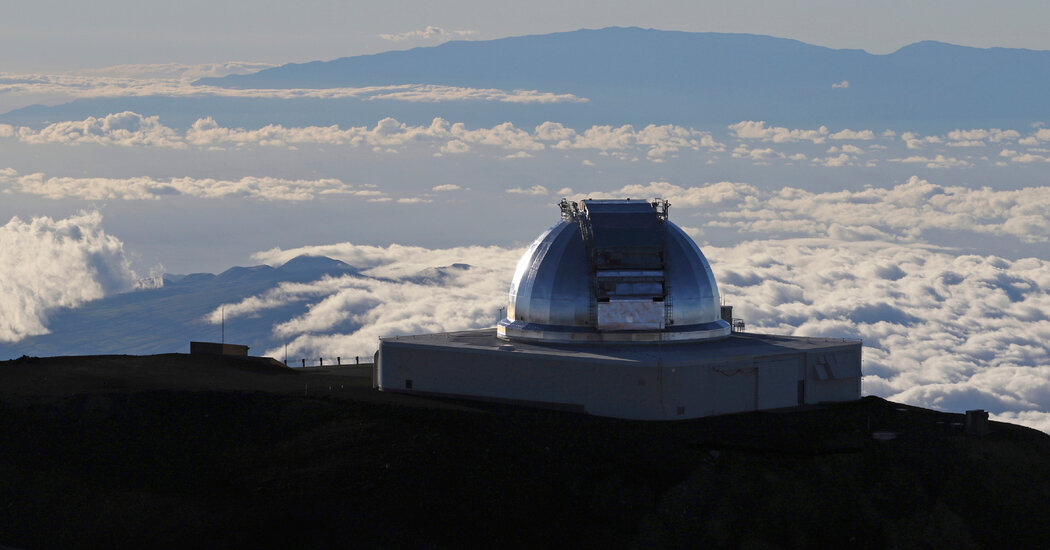The National Science Foundation takes a step (just one) toward an “extremely large telescope.”
The United States should commit $1.6 billion to building an “extremely large telescope” that would vault American astronomy into a new era, according to the National Science Board, which advises the National Science Foundation.
In a statement on Feb. 27, the board gave the foundation until May to decide how to choose between two competing proposals for the telescope. The announcement came as a relief to American astronomers, who have been fretting about losing ground to their European colleagues in the quest to examine the heavens with bigger and better telescopes.
But which of the two telescopes will be built — and the fate of the dreaming and the billions of dollars’ worth of time and technology invested already — remains an open question. Many astronomers had hoped that the foundation, the traditional financier of national observatories, would find a way to invest in both projects.
The two projects are the Giant Magellan Telescope at Las Campanas in Chile and the Thirty Meter Telescope, possibly destined for Mauna Kea on the island of Hawaii, also known as the Big Island. Both would be larger and more powerful than any telescope currently on Earth or in space. Each is expected to cost some $3 billion or more, and less than half the projected cost has been raised so far by the international collaborations backing them.
In an announcement circulating among astronomers, the board said that funding even one telescope at the price point of $1.6 billion would take up most of the N.S.F.’s typical budget for construction.
“Moreover, the priorities of the astronomy and astrophysics community must be considered in the broader context of the high-priority, high-impact projects for the many disciplines that N.S.F. supports,” the board said in its statement last week.
So far, astronomers with a stake in the outcome have been careful to note that Congress, as well as the White House and the science foundation, would eventually all have their say.
